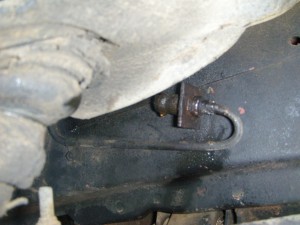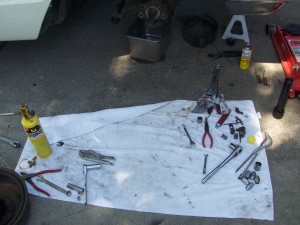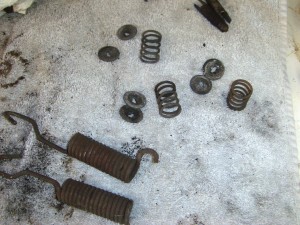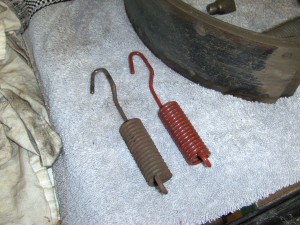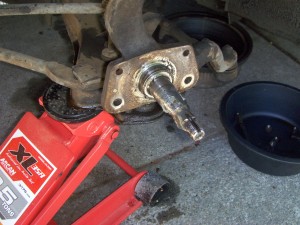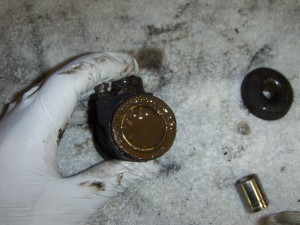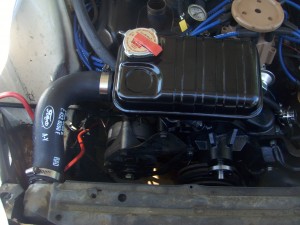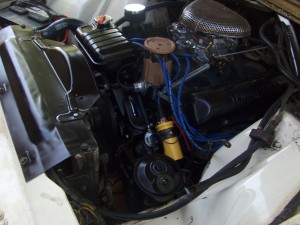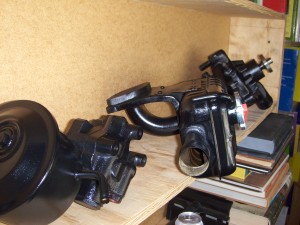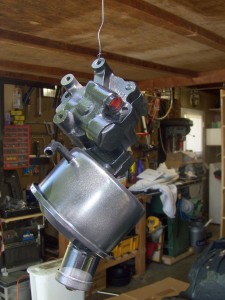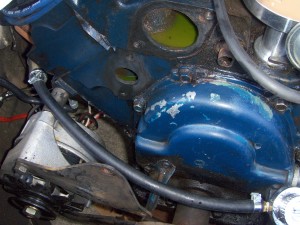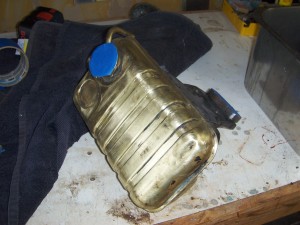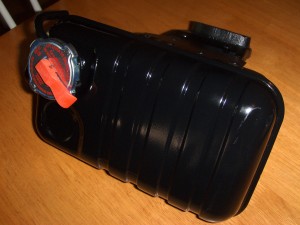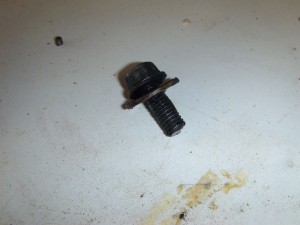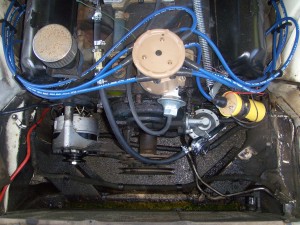A friend a while back use to remark to me that a man’s work was no better than his tools, a saying he picked up from his father. While that is not always the case, there are some jobs that definitely require the proper tool.
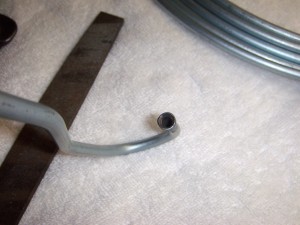
For the brake lines, I bought a few specialized tools: a brake line bender, a tubing cutter and a flaring tool, which is used to form the end of the line into a tight sealing surface. There are many, many options for all these, ranging from the super-cheap to the ultra-expensive. With the mid-range tools I bought, I can cobble together a working brake system, but I fear it will not have the professional look I want.
The line bender I have won’t handle the tight radii found in the original lines, so I’ll need to modify the original installation to accommodate that limitation. The flaring tool I’m using is a little clumsy and seems to work more by brute force than through superior engineering.
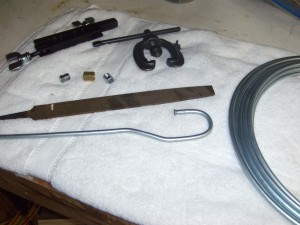
I have enough materials on hand to replace the entire line for the right front wheel, but my plan is to splice in a new piece at the end to get back on the road, then work on a better approach for a clean replacement of all the lines. I played around with the tools I have this afternoon and built up a prototype splice–the J shaped piece in the photo. I’ll build up the actual replacement tomorrow afternoon to get the bird back on the road.
What was the corollary to Murphy’s Law? “There’s never time to do it right, but there’s always time to do it again.” In this case that’s the truth. I’d like the brakes to be done right, so I’ll need to do them again. I’m pretty sure the ultimate solution will include this awesome brake line and somehow getting a hold of this professional flaring tool, at least for a few hours.

